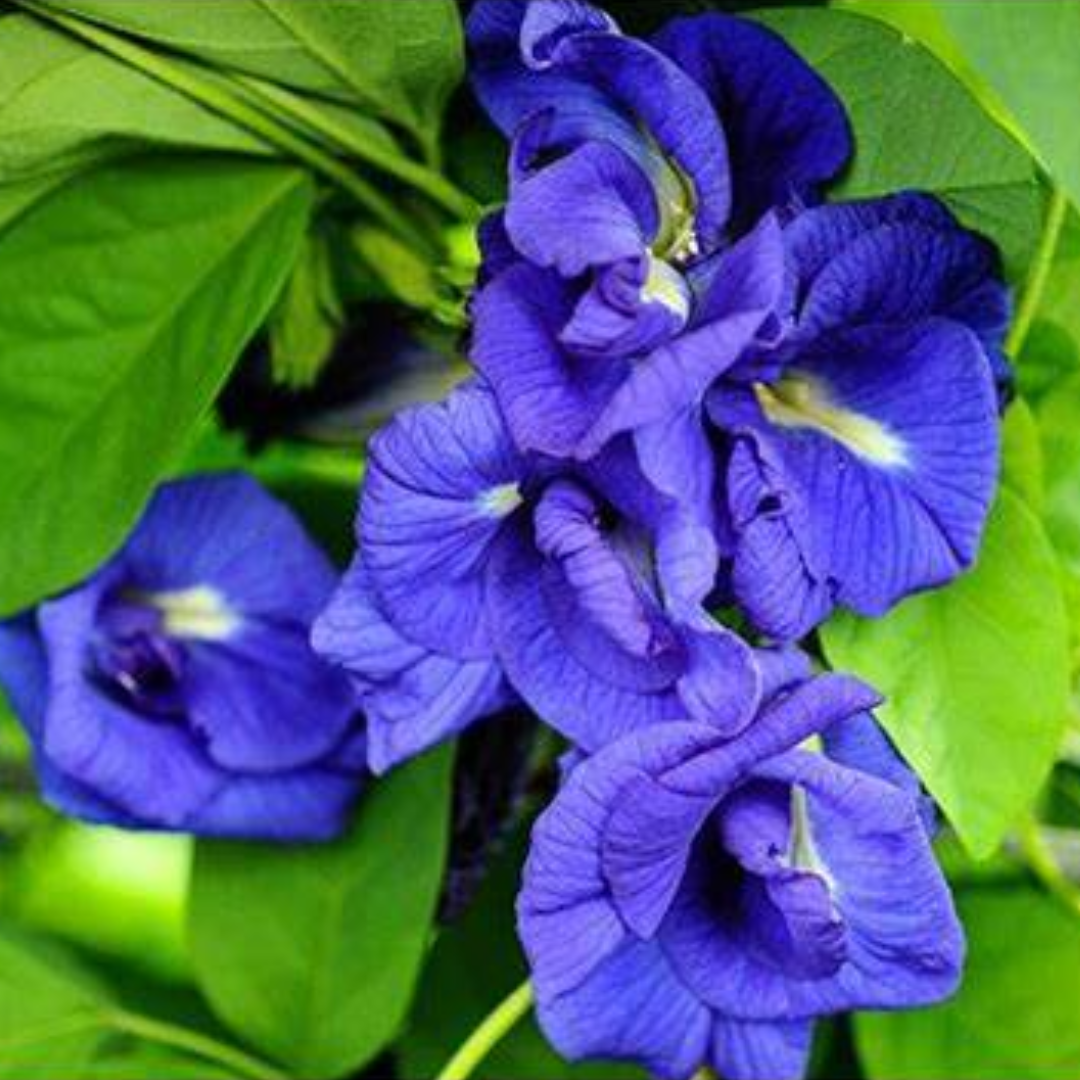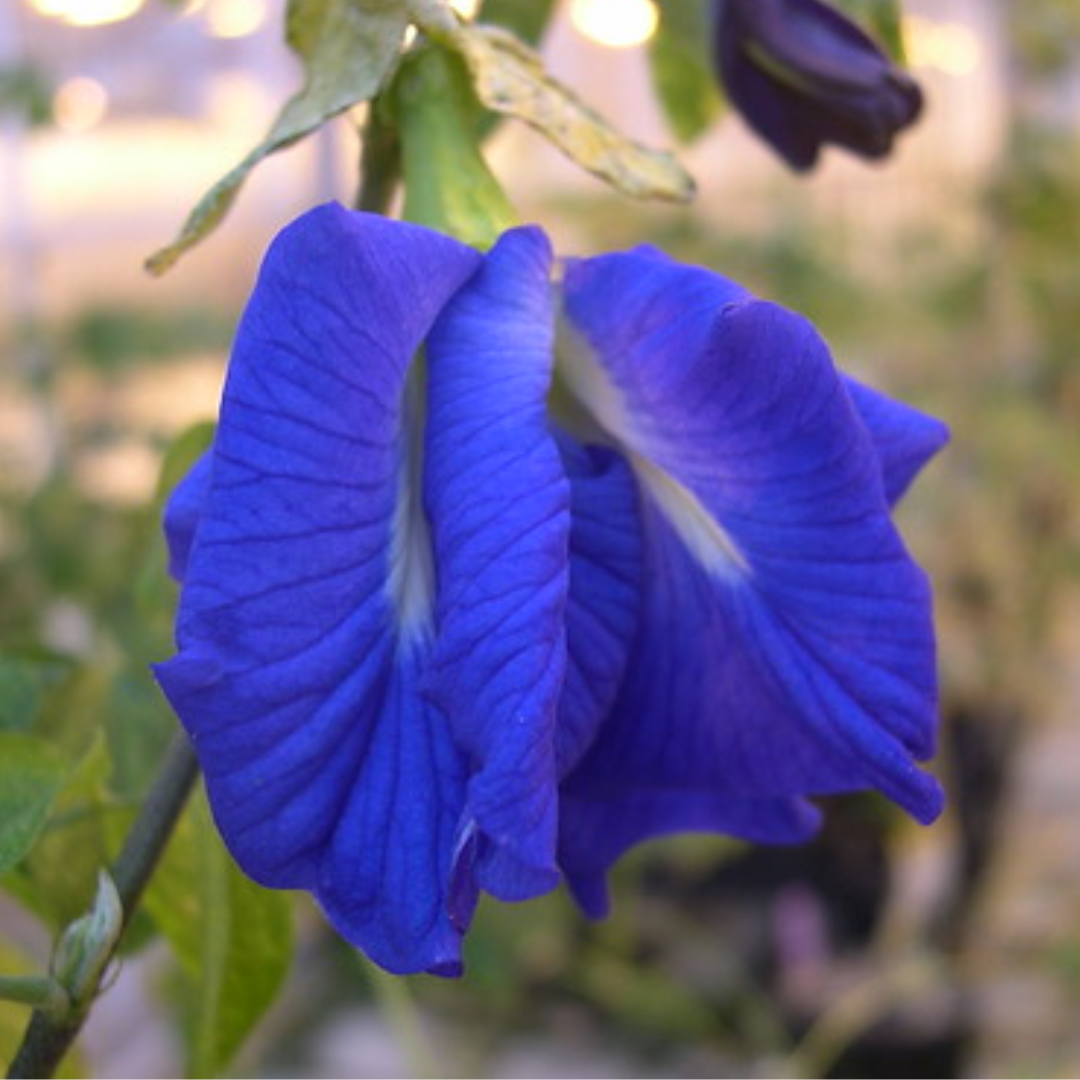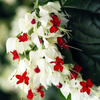


Green Paradise Blue Aparajita Double Petal sapling plant, (clitoria ternate)
Rs. 399.00
Guaranteed Safe Checkout
Green Paradise Offers Beautiful Blue Aprajita Double Petal Flowering Plant
About Blue Aprajita Double Petal Flowering Plant
Clitoria ternatea, commonly known as butterfly pea or blue pea, is a flowering plant native to tropical regions of Asia, including India, Malaysia, and Thailand. It belongs to the Fabaceae family, which is also known as the legume or pea family. This plant is renowned for its striking blue flowers and has been cultivated for centuries for its ornamental and medicinal properties.
Here are some key features and uses of the Clitoria ternatea plant:
Appearance:
The Clitoria ternatea plant is a perennial vine or creeper that can grow up to 3 meters in height. It has long, slender stems with green leaves composed of five to seven leaflets. The most distinctive feature of the plant is its vivid, sky-blue flowers, which are about 4-5 centimeters in diameter. The flowers have a unique shape resembling an open butterfly, hence the common name "butterfly pea."
Culinary Uses:
In addition to its ornamental value, the Clitoria ternatea plant is also used in various culinary preparations. The flowers are primarily used to make herbal tea, known as butterfly pea tea. The tea is vibrant blue in color and is often consumed on its own or used as a natural food coloring agent in various dishes and beverages. It can be infused with other herbs, such as lemongrass or ginger, to enhance the flavor and aroma.
Medicinal Uses:
The Clitoria ternatea plant has a long history of traditional medicinal use in Ayurvedic and traditional Asian medicine. Various parts of the plant, including the flowers, leaves, and roots, are believed to possess medicinal properties. The plant is known for its antioxidant, anti-inflammatory, and antimicrobial properties. It is commonly used to promote brain health, improve memory and cognitive function, reduce stress and anxiety, and support overall well-being. The flowers are sometimes used topically for skin health and to enhance hair growth.
Natural Dye:
The intense blue pigment found in the flowers of Clitoria ternatea has been used as a natural dye for centuries. The color extracted from the flowers can be used to dye fabrics, textiles, and even food. It is often used as a natural alternative to synthetic food coloring agents.
Other Uses:
Beyond its culinary and medicinal uses, the Clitoria ternatea plant has various other applications. The leaves and stems can be used as fodder for livestock. Additionally, the plant is known for its ability to fix nitrogen in the soil, making it beneficial for crop rotation and improving soil fertility.
In conclusion, Clitoria ternatea, or butterfly pea, is a captivating plant known for its vibrant blue flowers, culinary uses, medicinal properties, and natural dyeing capabilities. It is valued for both its aesthetic appeal and its potential health benefits in traditional medicine.
How To Grow Aprajita Double Petal Flowering Plant
Clitoria ternatea, commonly known as butterfly pea or blue pea, is a flowering plant that is native to Southeast Asia. It is known for its vibrant blue flowers and is often grown for ornamental purposes.
Here are some general guidelines on how to grow Clitoria ternatea:
Climate and location:
Clitoria ternatea is a tropical plant and thrives in warm and humid conditions. It requires a minimum temperature of around 20°C (68°F) to grow well. Choose a sunny location that receives at least 6-8 hours of direct sunlight daily.
Soil:
The plant prefers well-draining soil with a pH range of 5.5 to 6.8. It can tolerate various soil types, including sandy or loamy soil. Ensure good drainage to prevent waterlogging, which can cause root rot.
Planting:
If you have access to Clitoria ternatea seeds, soak them in warm water overnight to help with germination. Sow the seeds directly in the soil or start them indoors in pots or seed trays. Plant the seeds about 1 inch deep and cover them lightly with soil. Keep the soil consistently moist until the seeds germinate, which usually takes 1-2 weeks.
Watering:
Clitoria ternatea requires regular watering to keep the soil evenly moist, especially during the growing season. Water the plant deeply whenever the top inch of the soil feels dry. Avoid overwatering, as it can lead to root problems. Reduce watering during the dormant period.
Fertilization:
Use a balanced, water-soluble fertilizer during the growing season to promote healthy growth and blooming. Follow the instructions on the fertilizer package for the correct dosage and frequency. Avoid over-fertilizing, as it can result in excessive foliage growth and fewer flowers.
Pruning:
Prune the plant regularly to maintain its shape and promote bushier growth. Trim back any dead or damaged branches to improve the overall appearance. Clitoria ternatea can be trained to climb or cascade, so you may need to provide support or a trellis if desired.
Pests and diseases:
While Clitoria ternatea is generally resistant to pests and diseases, it may occasionally be affected by aphids, caterpillars, or fungal diseases. Monitor your plant regularly and take appropriate measures such as using insecticidal soap or organic pesticides if necessary.
Propagation:
Clitoria ternatea can be propagated through seeds or cuttings. Collect mature seeds and follow the planting instructions mentioned earlier. For cuttings, take 4-6 inch stem cuttings from a healthy plant and remove the lower leaves. Dip the cut end in a rooting hormone and plant it in a well-draining potting mix. Keep the soil moist and provide indirect light until the cutting develops roots.
Remember that specific growing conditions may vary depending on your location and climate. It's always helpful to consult with local gardening experts or nurseries for region-specific tips on growing Clitoria ternatea successfully.






